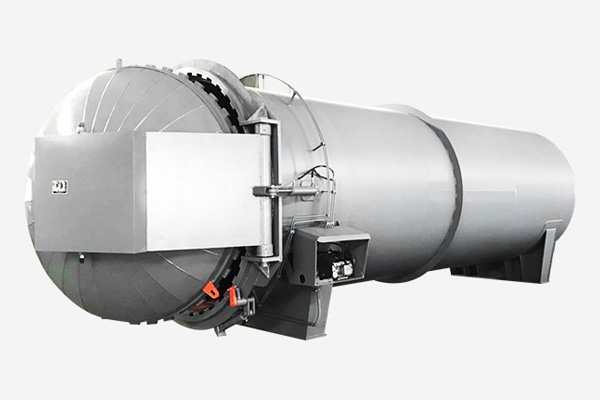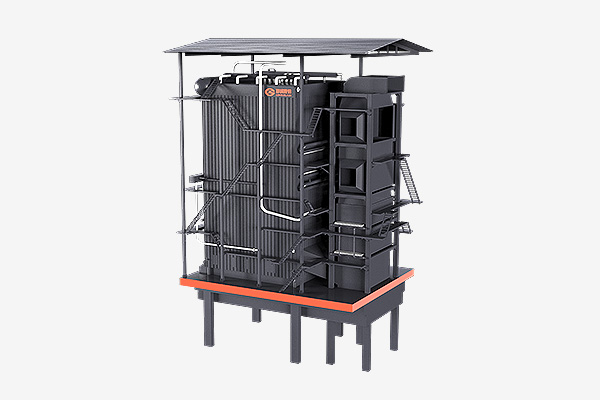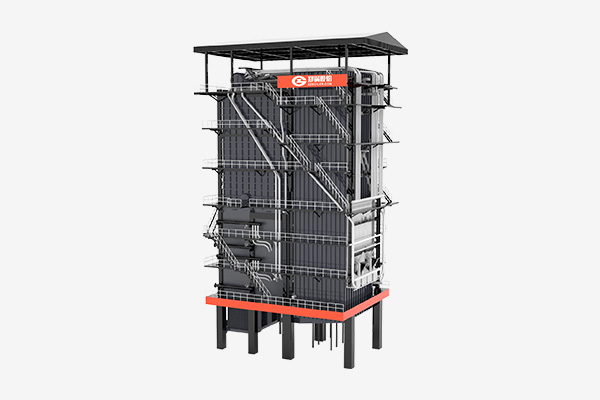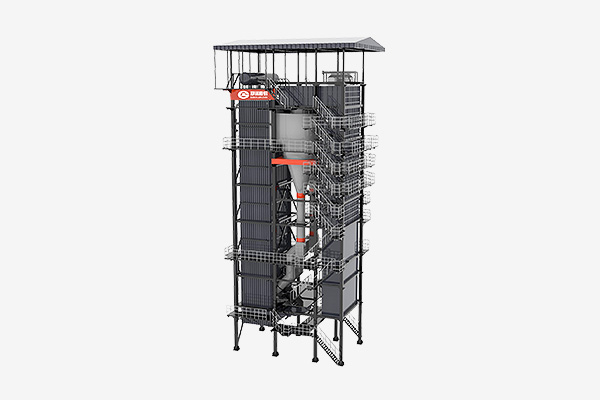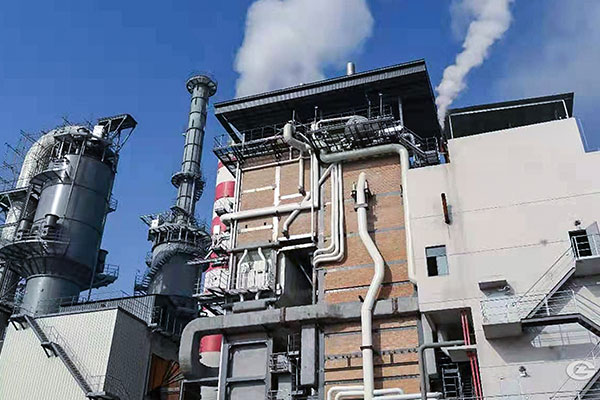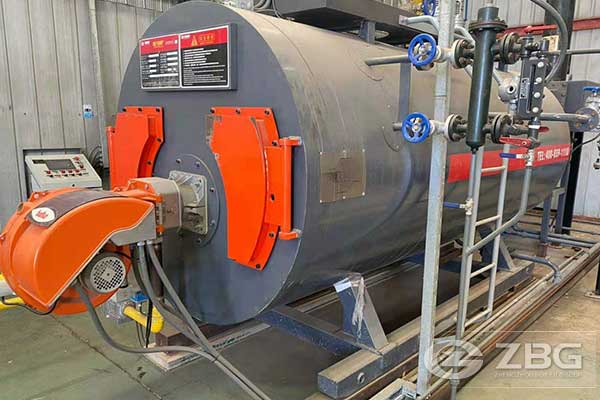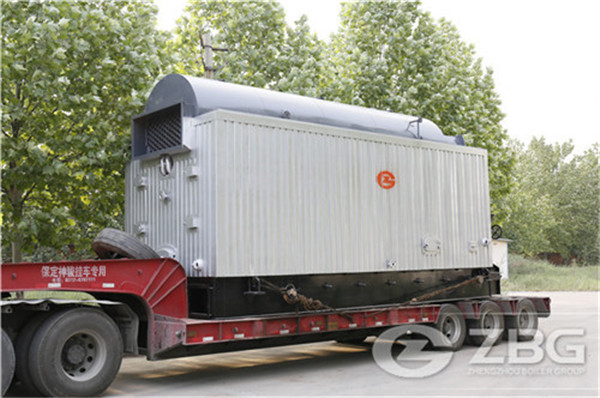Biomass Power Plant Process
2018-01-04 16:09:28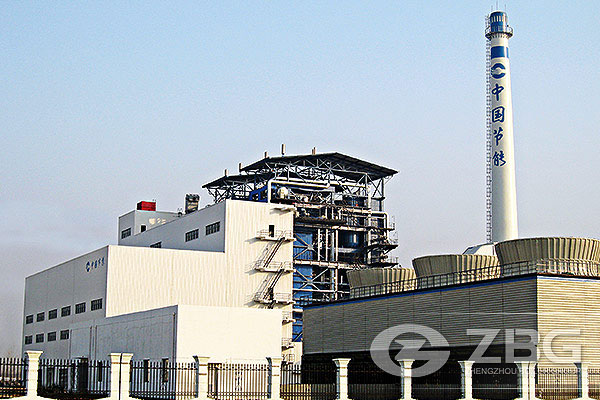
Some biomass needs pre-treatment before the fuel is fed onto a combustion grate where it is burned. What is the biomass power plant process?
Biomass fuel is stored in a bunker for further transport to the boiler. In the boiler, water is heated to high temperature under pressure. Steam from the boiler powers the turbine, which is connected to the generator. Steam that has passed through the turbine, heats district heating water, which is distributed through the district heating network's piping.
The most common types of boilers are hot water boilers and steam boilers. Wood chips, residues and other types of biomass are used in the boilers, in the same way as coal, natural gas and oil.
CO2 emissions from biomass are part of a short cycle and do not lead to a net increase of CO2 in the atmosphere: When forests grow, they absorb CO2. When biomass is harvested from forests and used for energy the CO2 is released again. When the forest regrows it reabsorbs the CO2 again, see illustration below. Provided the forest is managed sustainably the process of harvesting and regrowth can be continued indefinitely, making biomass a renewable source of energy.
ZBG has the EPC qualification of large-scale biomass power plant boiler project, with 72 years experience and strong technology power. More information about biomass power plant process, please consult our online customer service.
For all inquiries, please fill in the form below (* are required) to send us a brief message, and we will get back to you as soon as possible.
